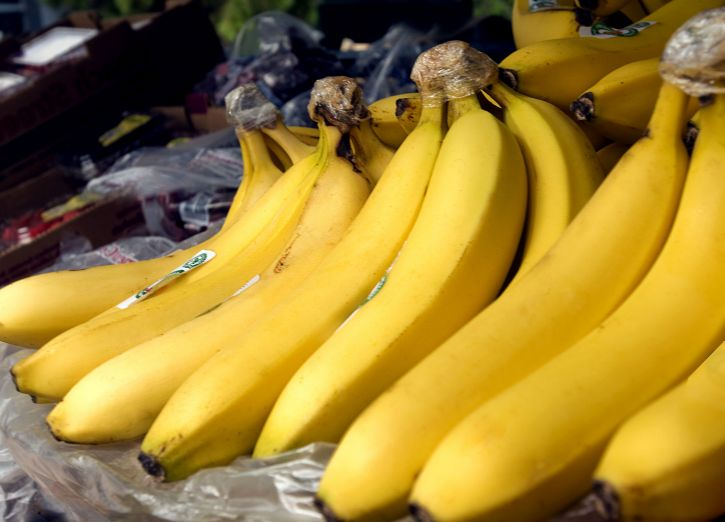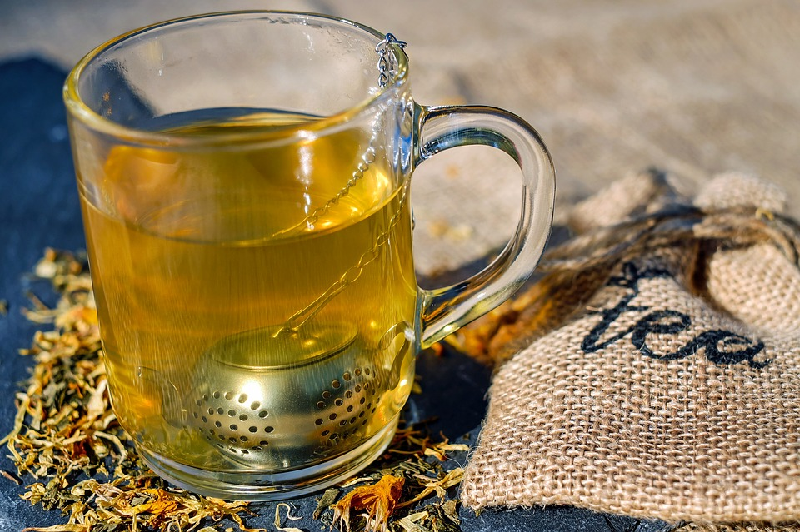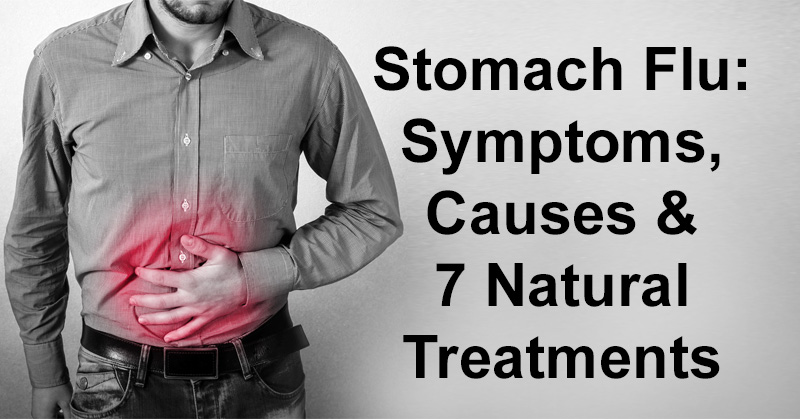The stomach flu, which is also called gastroenteritis, is an intestinal infection. Stomach flu symptoms include diarrhea, abdominal cramps, nausea or vomiting. Sometimes, the stomach flu causes a low-grade fever as well. (1) As antibiotics are ineffective against gastroenteritis, stomach flu treatment methods start with basic self-care. (2) To help get better faster and to ward of incidents of contracting this illness, read the information below, starting with what causes you to get the stomach flu in the first place.
Gastroenteritis, though commonly called the flu or stomach flu, isn’t the same as influenza. The real flu, or influenza, affects your respiratory system, while gastroenteritis attacks your intestines.
The stomach flu causes the following symptoms: (3)
- Watery, usually non-bloody diarrhea (bloody diarrhea can mean you have a different, possibly more severe infection)
- Abdominal cramps and pain
- Nausea, vomiting or both
- Occasional muscle aches or headache
- Low-grade fever
Stomach Flu Causes
Most commonly, the stomach flu occurs through contact with an infected person or by ingesting contaminated food or water.
The viruses that cause gastroenteritis vary and include: (4)
- Noroviruses. Children and adults alike are affected by noroviruses. It’s the most common cause of foodborne illnesses worldwide. In particular, it’s likely to spread among those in confined spaces. Most of the time, you pick it up from contaminated food or water, although transmission from person-to-person is also possible.
- Rotavirus. This is the most common cause of viral gastroenteritis in children, who are typically infected when they put their fingers or other items contaminated with the virus into their mouths. The most severe cases of this infection are in children and infants. While adults may have no symptoms, they can still spread the illness.
To help fight the virus and stomach flu symptoms, try these 7 natural remedies:
1. Stay Hydrated

The CDC states that as there is no specific medicine to treat people with norovirus illness, those with the illness should drink plenty of water to help replace fluid lost from vomiting and diarrhea. (5)
And as the stomach flu can cause, vomiting or diarrhea, staying hydrated is paramount as part of a stomach flu treatment. However, you’ll want to avoid solid food if you’ve not been able to keep anything down. Suck on ice chips or sip water in small quantities. (6)
2. What To Eat

When you’re looking for a stomach flu treatment, you should keep in mind a mild, bland diet is best. For example, the BRAT diet, wherein BRAT stands for bananas, rice, applesauce and toast, may help you while you’re recovering from the stomach flu. They are all easy on the stomach as well, and they can help bind you up, which can be beneficial when dealing with diarrhea. However, don’t rely on this diet for too long, for risk of malnourishment. (7)
3. What Not to Eat
When you’re treating stomach flu symptoms, what you put into your body can be just as vital as what you don’t put into it.
Generally speaking, as part of a stomach flu treatment plan, you’ll want to avoid the following types of food:
- Sugar
- Dairy
- Alcohol
- Caffeine
- Tomato products
- Foods that are fatty, greasy, spicy, or salty
All of these foods can wreak havoc on an upset stomach, and some of them can make diarrhea worse. Furthermore, alcohol will only increase your chances of dehydration. (8)
4. Rest
If you make it easy on your body to get better, it will likely get do so at a much faster rate. And one way you can make it easier on yourself is to allow your body to rest. Chances are, you’ll feel pretty fatigued, having the stomach flu, and so rest is likely something you’ll want to do anyway. Be sure to get plenty of rest, as the stomach flu can siphon a lot of your energy. (9)
5. Apply a Cool Compress
While this fix won’t treat your nausea, it can help bring down fever as well as make you feel better when you’re exhausted. Lay a cool, damp cloth on your head while you’re resting in bed or on the couch. It can add a dose of comfort while you’re getting better.
6. Drink Herbal Tea

Teas such as peppermint and ginger are good for treating nausea. Furthermore, they are a flavorful way to hydrate. (10, 11) However, be sure you sip your tea rather than down it too fast.
7. Probiotics
Prebiotics can help stop diarrhea, or at least not make it last as long. (12) A great choice is coconut kefir, which not only offers probiotics, but also will help rehydrate you. When you’re starting to feel better, don’t forget to replenish your gut with a probiotic supplement or other probiotic food sources.


